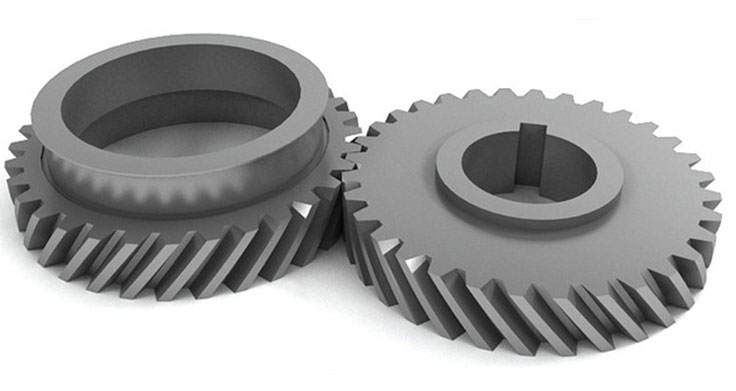
Helical gears can be considered the backbone of modern mechanical systems, and their importance cannot be overstated. They serve as fundamental components in a wide range of applications, providing reliable power transmission and motion control. Here are some key reasons why helical gears are considered the backbone of modern mechanical systems:
1. Power Transmission:
Helical gears are widely used for power transmission in various industrial machinery, automotive drivetrains, and equipment. They efficiently transmit torque and rotational motion between shafts, enabling the functioning of complex mechanical systems.
2. Versatility:
Helical gears are versatile and can be used in a broad spectrum of applications. They can be found in gearboxes, industrial drives, conveyor systems, robotics, machine tools, printing presses, and more, demonstrating their adaptability across industries.
3. Load Handling Capability:
Due to their helical tooth profile, helical gears can handle higher loads compared to some other gear types. This makes them well-suited for heavy-duty applications in industries such as construction, mining, and material handling.
4. Smooth and Quiet Operation:
Helical gears’ gradual tooth engagement reduces noise and vibration during operation, making them preferred for applications that require quiet and smooth performance, such as precision machinery, medical equipment, and consumer appliances.
5. Efficiency and Energy Savings:
The efficient power transmission of helical gears results in lower energy losses and improved overall system efficiency. This efficiency contributes to energy savings and reduced operating costs in industrial and automotive applications.
6. Precision and Accuracy:
Helical gears are capable of providing precise motion control due to their reduced backlash and smooth meshing. This makes them suitable for applications that require accurate positioning, such as CNC machines and robotics.
7. Durability and Reliability:
The load distribution and reduced sliding friction in helical gears contribute to their durability and reliability. Properly designed and manufactured helical gears can withstand heavy usage and provide long service life with minimal maintenance requirements.
8. Compact Design:
Helical gears offer a compact form factor, allowing for space-efficient integration into mechanical systems. This is particularly advantageous in modern engineering, where miniaturization and optimization of space are often critical factors.
9. Compatibility with Other Gear Types:
Helical gears can be combined with other gear types, such as bevel gears, worm gears, and planetary gears, to create more complex and sophisticated gear arrangements for various applications.
10. Influence on Technological Advancements:
Helical gears have contributed to the development of advanced technologies and machinery across industries. They have played a significant role in shaping the evolution of modern mechanical systems, making them an essential component of technological progress.
Helical gears have become a cornerstone of modern mechanical engineering, enabling efficient power transmission, precise motion control, and improved performance in a wide range of applications. Their reliability, versatility, and efficiency make them an indispensable element in designing and constructing sophisticated mechanical systems that drive innovation and progress in various industries.
